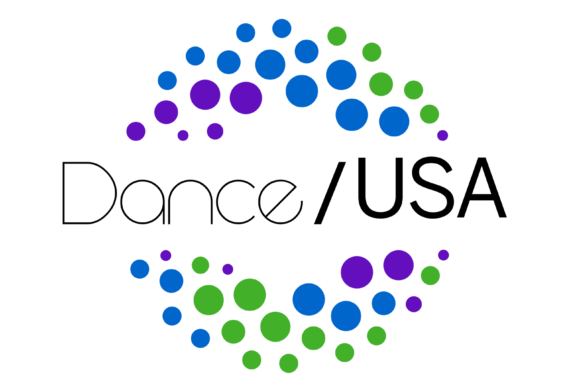NEA Report: Reading Between the Lines
Every decade the National Endowment for the Arts conducts large-scale quantitative research on
audiences, providing a compendium of longitudinal information on
audience behavior. How do we interpret and use this wealth of
information? What do you need to know to participate in this ongoing conversation in the field? Read on here for more.
Upping the Ante on Writing About Dance
Good dance writing informs potential audiences
about interesting dance in their midst, helps acquaint presenters and
funders with artists’ output to frame artists’ work within a wider
cultural, artistic and socio-political context. With shrinking space for dance coverage at traditional media outlets, new forms are taking hold. Learn how a collaborative community-based effort to publish high-quality dance writing is taking hold in one city. Lisa Kraus, founder of thINKing Dance, reports.
Invitation to the Dance
Dance can be an intimidating art form for many, audience development leaders and presenters often hear from patrons or prospective patrons who are hesitant to attend modern dance concerts. Whether you find dance to be a familiar country, or worry you won’t “get
it” and will be out of the cultural loop, read on. Here are some
helpful guideposts from Jacob’s Pillow for seeing, discussing, and appreciating dance.
Autism-Friendly Performances Offer Potential To Bring In New Dance Audiences
For parents of children on the autism spectrum or families coping with a
member with social cognitive disorders, finding artistic and cultural activities that are appropriate can be challenging, if not impossible. A number of theater and dance companies are beginning to offer these families options for a non-judgmental, expressive theater-going experience. Read on to see how companies are adapting classics like The Nutcracker and creating new works for this small but important — and growing — segment of their audiences.
Authenticity: The Best ‘Best Practice’
The art world is too small to have competition among administrative teams, write Jennifer Edwards and Sydney Skybetter, either from different organizations or within organizations. Read more about our need for
need multiple thriving arts organizations in each community to grow a healthy arts market overall.
EDA: One Piece of the Audience Engagement Puzzle, Part 2
Catch up on Dance/USA’s Educating Dance Audiences research and best practices with this report by EDA director Suzanne Callahan.
Reforming the Rules of Engagement, Round Two
This
moment of reformation [in the arts field] is not a threat … It’s an
invitation for us to think more expansively …. Yes, we have been
obsessed with the performance or the exhibit … [and] with
contextualizing or introducing audiences to [them] or with talk-backs.
But forward-thinking organizations are asking new questions.
— Ben Cameron, program director for the arts, Doris Duke Charitable Foundation, Speech for Arts Fund, Atlanta, December 2012
Read on to find out more about how Dance/USA through Educating Dance Audiences (EDA) has begun to harness new thinking to create new models for 21st-century dance organizations.
The Sustainability Dance
What does sustainability look like in the making and presenting of professional concert dance? We turned to Dance Exchange for some sustainable practices to consider.
PETITION TO THE OBAMA ADMINISTRATION
The Child’s Bill of Rights in Dance requests equal access and opportunity for all persons in the United States regardless of gender, age, ethnicity, socio-economic status, interest or ability. Dr. Radi Shafie recently posted a petition on the White House website seeking 100,000 signatures to support the bill of rights. Read on to learn more.



What We Talk About When We Talk About Race, Part Two
Too many of the mainstream narratives about race in the United States
are stuck in mid-twentieth-century paradigms of black vs. white. The
classic archetypes of the oppressor and the oppressed make for good
movies, but the racial groups that feature in conversations about race
today are insanely reductive visions of reality. Read on for more on this provocative topic.